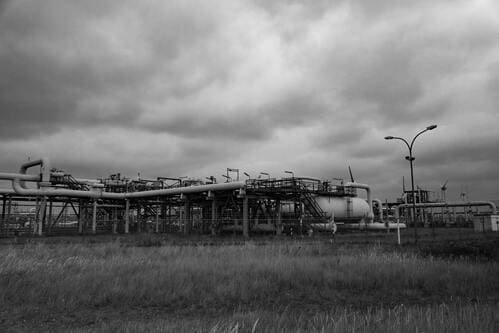Fiber optic sensing systems can greatly assist in the exploitation of oil and gas resources. During the downhole processing, technicians can face a variety of technical challenges resulting from difficult environmental conditions. Wellbore structural health monitoring is a substantial system that provides the profitability and reliability of these fields.
Fiber Bragg grating sensors have replaced traditional electronic sensors for reservoir monitoring and downhole production. In-well sensors are applied for measuring a range of parameters such as flow rate, pressure, temperature, fraction, seismic response, etc. Fiber Bragg gratings have proven themselves as reliable and accurate technology that can be applied in multilateral wells. These systems are installed in different operating environments all over the world.
Distributed Fiber Optic Monitoring Systems’ Elements
Thanks to all the benefits, including a wide range of working temperatures and pressures, immunity to electromagnetic interference, and the possibility of usage in an adverse environment, fiber optic solutions have found many applications.
Any fiber optic sensing system consists of three components:
- Fiber optic cable is suited to measure some physical effects with high absolute and local accuracy. Usually, cables are produced in such a way that the scattering effects are minimized. That allows maximizing transmission distance and data rate.
- Analyzer or control panel is connected to the fiber optic cable and is designed to capture and collect data.
- The final step is the interpretation and analysis of the whole received sensor data with the usage of the software. The software allows users to visualize strain or temperature data from the system.
The Most Common Fiber Optic Sensing Systems
There are two main types of fiber optic sensing systems: distributed acoustic sensing systems and distributed temperature sensing systems. Both of them have proven to be the most cost-effective and reliable fiber optic solutions and found their applications, including in the oil and gas industry. The main advantage of these systems is the ability to measure at each position where the fiber optic cable is installed.
Distributed Acoustic Sensing
DAS systems are optoelectronic instruments based on fiber optic technology that measures acoustic interactions all over a fiber optic cable. In DAS there is also an attached optoelectronic device that processes all the data from the cable. This technique allows acoustic frequency strain signals to be detected in harsh environmental conditions and over large distances. The sensing fiber is usually built on single-mode fiber. However, multimode sensing fibers can be also applied in some customized applications.
Distributed Temperature Sensing
DTS systems are optoelectronic instruments based on fiber optic technology that measures temperature all over a fiber optic cable. One of its advantages is providing continuous temperature information along the whole sensing cable. Moreover, specialists can predetermine the discrete sensing points for the most accurate data.
Nowadays, scientists are working in other directions. Since the invention of fiber optic technology, significant improvements have been made in both technologies and sensors. But for now, it is complicated to project a system that would combine DAS and DTS systems with the same optical fiber because of the different operation principles.
Optromix is a DTS system manufacturer that provides top of the line distributed temperature sensing systems suitable for monitoring commerce networks. If you have any questions or would like to buy a DTS system, please contact us at info@optromix.com

